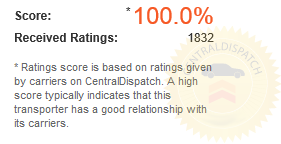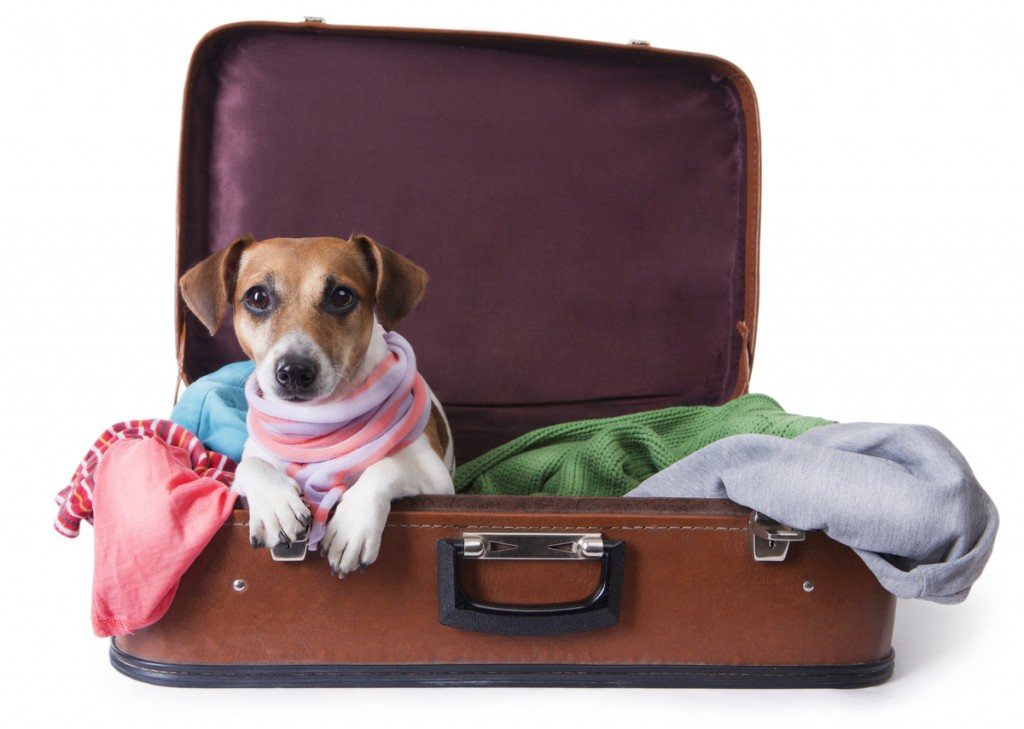Traveling with a dog can be stressful, make sure you research airline policies, book in advance and follow the right precautions to ensure your dog arrives to your destination safely.Here are some tips to follow to make sure you’re ready for the big move.
Documentation: Airlines typically require a current health certificate before allowing pets to fly. Make sure to visit the vet and have the appropriate documentation required.
Airline policies: The Department of Agriculture sets regulations for the transportation of animals, every airline has its own individual policies regarding crate requirements, cabin restrictions regarding breeds.
Book in Advance: Most airlines only allow one or two dogs on each flight. Don’t book your ticket until you call the airline and make sure your dog is allowed on the flight and that they have confirmed availability.
Fly Direct: Book a non-stop, direct flight whenever possible and try to fly on a weekday when airports are typically less busy. If your pet will be traveling in the cargo hold, it’s best to fly in the morning or evening during the summer, and midday during the winter to avoid extremely hot or cold temperatures.
High quality crate: Pets are usually stressed out when separated from their owners, which causes them to try to chew or claw their way out of cages leaving their teeth and nails bloody. Make sure to secure the crates door. It’s best to purchase a crate or carrier with holes for ventilation. Carriers must be big enough for your dog to stand, turn around, and lie down comfortably. If the carrier does not permit him to do this, the airline will refuse transport.
Tags: Don’t forget to write your dog’s name on the carrier and include identification tags with your home address and phone number as well as the address and phone number of someone who can be reached at your destination.
Eating: if possible feed your dog about four hours before the flight to avoid a full stomach and an uncomfortable ride. Continue to give him water right up to the time of travel. If you’re checking the dog, leave the dishes in the carrier so an airline employee can provide your pet with food and water in the event of an extended delay before or after your flight.
Arrive Early: Arrive at the airport early, and have your dog’s health certificate ready. Most airlines recommend arriving two hours before your flight when traveling with a pet. Passengers with pets must check-in at a counter; curbside and self-service check-in are not allowed.
Don’t use sedatives: The American Veterinary Medical Association recommends that you do not sedate or tranquilize your pet before flying, as that can impede respiratory and cardiovascular function. Sedation can also affect balance during turbulence or rough handling, resulting in injury.
Arrival: When you arrive at your destination go for a long walk before you check-in at the hotel. Your dog will need to stretch and will feel more comfortable as soon as they can see and smell their new surroundings.



